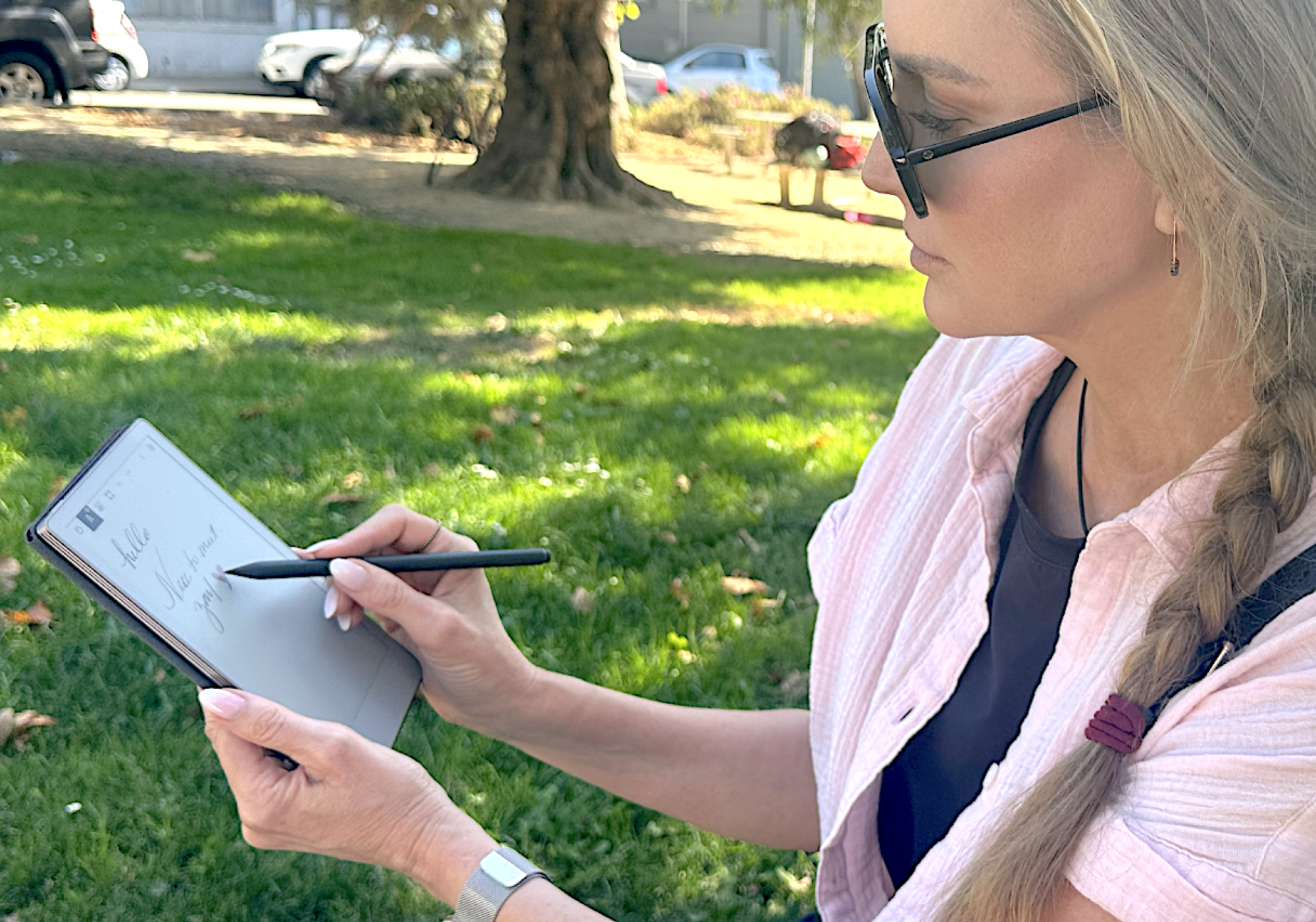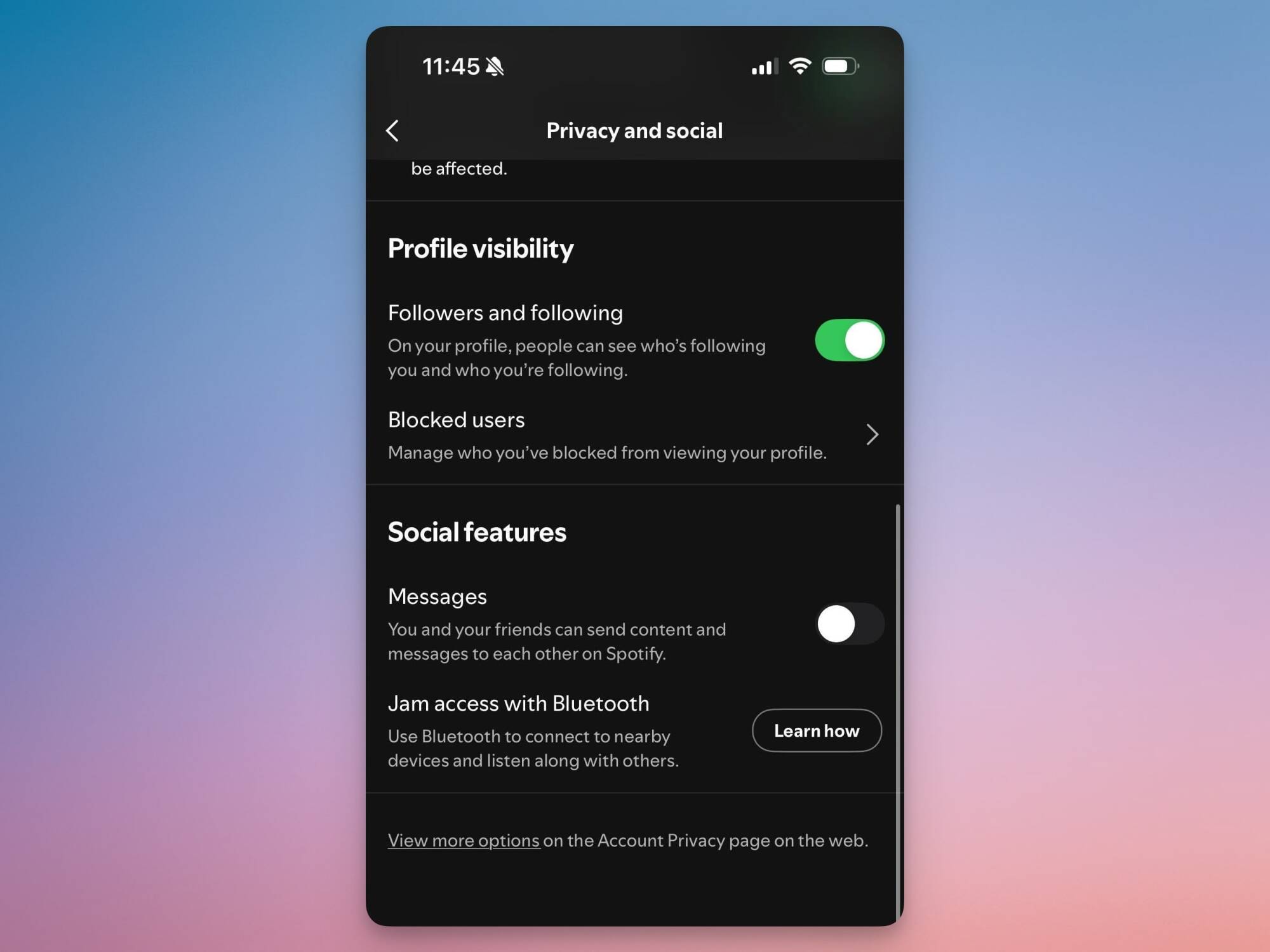Back in 2022, Walled Culture wrote about a legal case involving ad blockers. These are hugely popular programs: according to recent statistics, around one billion people use ad blockers when they are online. That’s a testament to the importance many people attach to being in control of their browser experience, and to a wide dislike of the ads they are forced to view. The 2022 case concerned a long-running attempt by the German media publishing giant Axel Springer to sue Eyeo, the makers of the widely-used AdBlock Plus program. Springer was trying to force people to view the ads on its sites, whether they are wanted or not, and argued that ad blocking programs were illegal. Springer lost every one of its many court cases trying to establish this, but refused to give up on its quixotic quest. It appealed to the German Federal Supreme Court, which has unfortunately sent the case back to the lower court. As a post on the Mozilla blog explains:
The BGH (as the Federal Supreme Court is known) called for a new hearing so that the Hamburg court can provide more detail regarding which part of the website (such as bytecode or object code) is altered by ad blockers, whether this code is protected by copyright, and under what conditions the interference might be justified.
The full impact of this latest development is still unclear. The BGH will issue a more detailed written ruling explaining its decision. Meanwhile, the case has now returned to the lower court for additional fact-finding. It could be a couple more years until we have a clear answer.
Springer’s argument was that a Web page is actually a kind of program, and as such was protected by copyright. An ad blocker installed in a browser, Springer maintained, infringed on its copyright by modifying that Web page program without permission. This is a novel way of looking at browsers and the Web pages they display. For the last 35 years, Web pages have been regarded as an arrangement of raw data in the form of text, images, sounds etc. The Web browser is a specialised program for displaying that data in various formats, controlled by the user. Springer is asserting something far reaching: that a Web page is itself a program that must be run “as is”, and not modified by a Web browser and its add-ons without the explicit permission of the page’s copyright holder.
As the Mozilla blog post points out, if the German courts ultimately adopt this position, the implications would be profound, because this would affect not just ad blockers. There are many other reasons why people use tools like browser extensions to modify Web pages before they are displayed:
These include changes to improve accessibility, to evaluate accessibility, or to protect privacy. Indeed, the risks of browsing range from phishing, to malicious code execution, to invasive tracking, to fingerprinting, to more mundane harms like inefficient website elements that waste processing resources. Users should be equipped with browsers and browser extensions that give them both protection and choice in the face of these risks. A browser that inflexibly ran any code served to the user would be an extraordinarily dangerous piece of software. [Emphasis in original]
Springer’s argument is an attack on the very concept of what a Web browser does. The German publisher wants the browser and extensions to be under the Web page author’s control, with the browser user reduced to a passive viewer. It effectively turns the Web into a form of television, with Web page “broadcasts” that can’t be modified in any significant ways. Mozilla rightly warns:
Such a precedent could embolden legal challenges against other extensions that protect privacy, enhance accessibility, or improve security. Over time, this could deter innovation in these areas, pressure browser vendors to limit extension functionality, and shift the internet away from its open, user-driven nature toward one with reduced flexibility, innovation, and control for users.
In the wider context of copyright, there are two aspects worth noting. One is that Springer is using copyright not to protect creativity, but to enforce its business model – online advertising – after losing multiple court cases that it had brought based on competition law. The other point is that Springer’s argument is only possible because copyright was extended to computer programs some years ago. That was not an inevitable decision, since it could be argued that computer code lacks the human, expressive nature of texts, images or music. It’s true that different coders have different styles that may be visible in their output, but those differences are hardly on the same level as a Shakespeare sonnet, a self-portrait by Rembrandt, or a Beethoven string quartet. To afford them the same protection was a mistake, and a product of the copyright industry’s successful campaign to expand this powerful intellectual monopoly protection to more fields, however inappropriately.
In the present case it can be seen how dangerous this mindless maximalist approach is. If the lower German court accepts Springer’s argument, after it has carried out its fact finding, it would chill real Internet innovation for the sake of protecting a deeply-flawed and failing business model that has nothing to do with life-enhancing creativity, but is all about eliminating choice and agency. Although such a result would only apply in Germany, and would in any case be hard to enforce, the EU legal system and the global nature of the Web means it could have wider knock-on effects. Let’s hope it doesn’t come to that.


